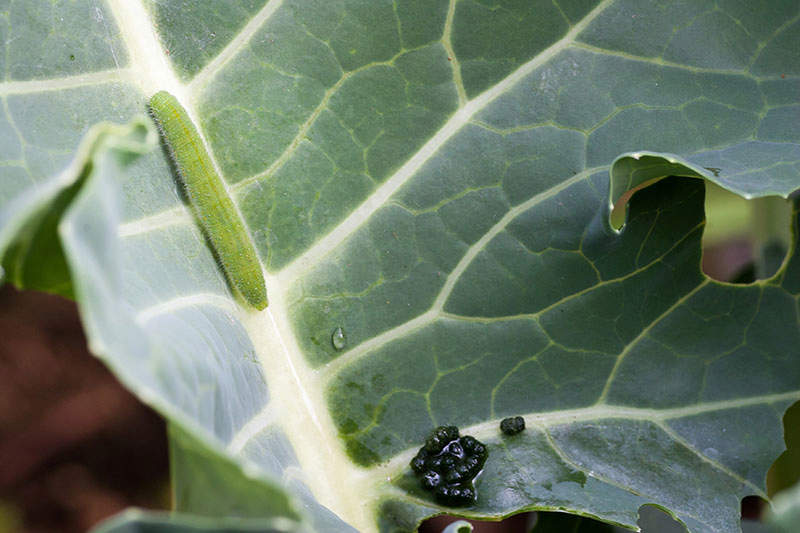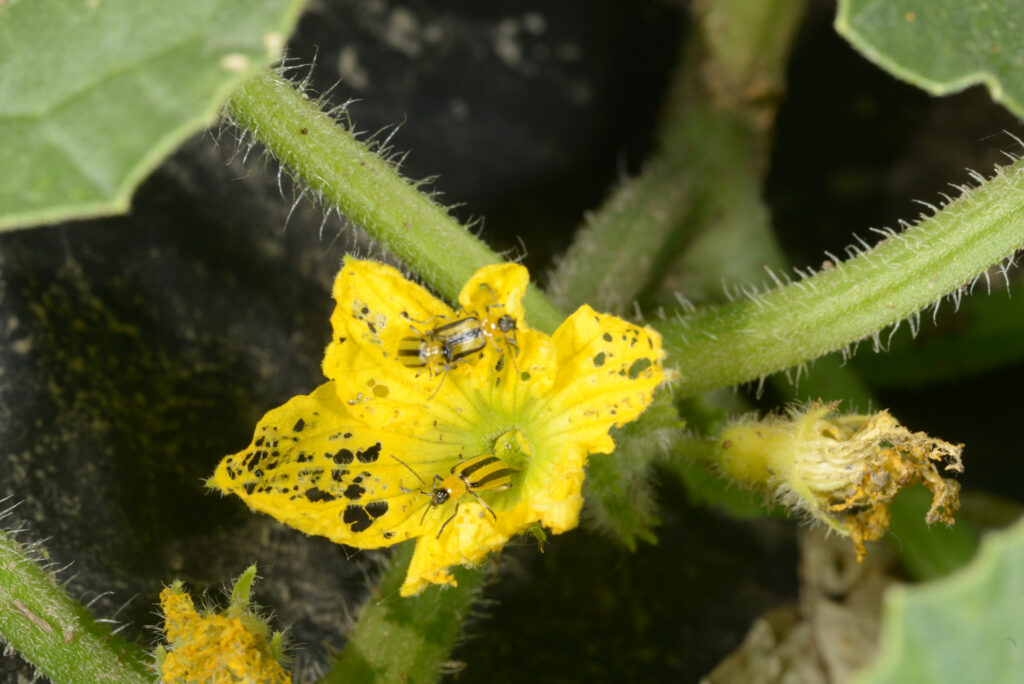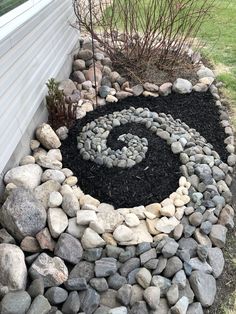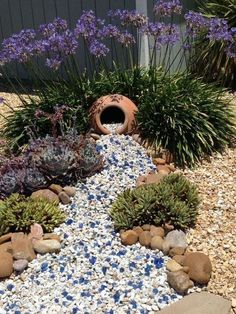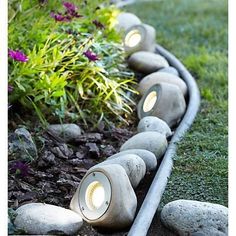2 Tracts of Land, Sturgis, SD to be Auctioned!
Tract 1: 80 acres of tillable land with water and electricity
Tract 2: 60 acres with homesite & buildings, and pasture ground
Tract 1: Discover the perfect opportunity with this 80-acre gem of primary farmland with rural water and electricity, situated just 6 miles north of Sturgis and Whitewood. Access is a breeze via a well-maintained gravel road off Hwy 79.
Tract 2: This well-maintained rural property offers 3 spacious bedrooms, 1½ bathrooms, two living rooms, and a mudroom with a sink. Recent updates include a remodeled kitchen (2019), partial basement renovation (2015), and a brand-new roof, gutters, deck, and landscaping (2024). Additional upgrades like updated siding, basement windows, and a newer water heater make this home move-in ready.
Perfect for livestock and equine use, the property features a 100' x 180' riding arena, two large outbuildings, a detached 2-car garage, energy-free waterers, hydrants on rural water, and cross-fenced pastures. With excellent fencing, corrals, and a seasonal creek with a pond, it's fully equipped for cattle, sheep, goats, or horses.
A BANK APPROVAL LETTER MUST BE SENT TO RICK SHIPPY AT RICK@SHIPPYREALTY.COM BEFORE BEING APPROVED TO BID!
Rick Shippy 605-840-2735
For more information, click the link below:
shippyrealty.com/lee-auction-meade-county
... See MoreSee Less

